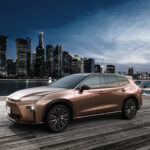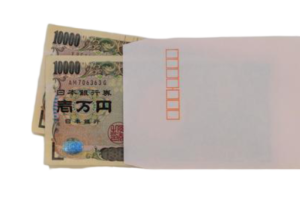Japan And Automobile News
Stay updated with the latest automotive trends, new car models, and technology from Japan!

Toyoda Model AA — Toyota’s First Passenger Car Emerges from History
Long before Toyota became the global giant we know today, it took its very first steps into the world of automobiles with a car known as the Model AA. This was Toyota’s very first production passenger vehicle, built between 1936 and 1942, and it marked the beginning of a journey that would reshape the automotive industry forever.
🏭 From Looms to Roads
The story begins with Kiichiro Toyoda, who transformed his family’s loom manufacturing company into something revolutionary. Instead of continuing with textiles, he dreamed of building cars. In the early 1930s, development began on prototype engines, and soon after, the first prototype passenger cars were hand-built.
Though those first few prototypes have been lost to time, what came next truly changed history.
🚘 Birth of the Model AA
In 1936, the Model AA rolled out as Toyota’s first official passenger vehicle. With a bold design inspired by the American styles of the time, it featured a 3.3-liter inline-6 engine producing around 62 horsepower. The body style was smooth, aerodynamic, and stood out from other Japanese vehicles of that era.
The car was competitively priced, making it accessible to more people. This affordability helped Toyota quickly gain attention as a serious player in the industry.
By 1937, the company officially changed its name from “Toyoda” to “Toyota,” and with that, a new chapter began.
🔎 The Lost and Found Legend
For decades, it was believed that no original Model AAs had survived. That changed when one was unexpectedly discovered in Siberia, Russia. Though modified over the years, the car remained mostly intact and was eventually authenticated as a genuine Model AA — likely built in 1936, the very first year of production.
This rediscovered Model AA is now considered the only surviving original from that era, making it one of the rarest and most historically valuable Toyotas on Earth.
🚙 The AB Phaeton – The Open-Top Twin
Alongside the Model AA, Toyota also produced an open-top version called the Model AB Phaeton, mostly for military use. It shared the same engine and frame but came with a canvas roof. Very few were sold to civilians, making them just as rare today.
🌏 Why This Story Matters
It’s the true origin of one of the world’s most trusted car brands.
It represents Japanese innovation during a time of global industrial change.
Only one known original exists, making it a priceless piece of history.
It shows how far Toyota has come, from a single model to global leadership.
📍 A Piece of Automotive History
Today, the surviving Model AA is displayed in a museum, reminding the world of Toyota’s humble beginnings. It stands as proof that even the most powerful companies start with one idea, one design, and one car.

🚗 U.S.–Japan Trade Deal: What It Means for Auto Exports and Foreign Workers in Japan
July 23, 2025 – Tokyo
A new trade deal between the U.S. and Japan was announced by Donald Trump. Many people in Japan’s car industry are now worried—especially foreign workers who work in factories and car companies.
The U.S. said it will put a 15% tax (tariff) on products from Japan. This is better than the 25%–35% tax they were planning before. But right now, we don’t know if car exports are included in this lower tax.
🔧 Why This News Is Important for Foreign Workers
If you work in a car factory, parts shop, or transport company, this news could change your job, salary, or working hours.
Before this, Trump said he wanted a 25% or higher tax on Japanese cars. This would make it more expensive to sell Japanese cars in America. Car companies in Japan might make fewer cars or move jobs overseas. That means less work and possible job cuts.
Many foreigners in Japan work in these jobs, so it’s important to understand this deal.
🗣 What Japan Is Saying
The Japanese government hasn’t confirmed the full deal yet. Prime Minister Ishiba said Japan needs to “check all the details first.” This means the trade deal is not final yet.
Cars are Japan’s top export, so the Japanese side is likely still negotiating to protect the car industry.
🚘 Why the Car Industry Is in Danger
Japan sends about 1.5 million cars to the U.S. every year.
If the U.S. puts a high tax on these cars:
🚫 Car makers in Japan may stop some production
✈️ Companies may move jobs to the U.S.
❌ Many foreign workers (especially on contracts) may lose their jobs
📉 What Could Happen Next?
trade deal This is still developing. But if you are working in the car industry in Japan, your salary and job could change depending on what happens next.

BYD Beats Tesla in the EV Race
In a major shift, BYD, a Chinese company, passed Tesla to become the world’s top electric vehicle (EV) seller This is big news for people who follow EVs.
Why BYD Won
1. Strong Government Support
Since 2010, the Chinese government gave EV makers about $30 billion in tax breaks and plans an extra $97 billion by 2027 . They set manufacturing targets and give low‑cost loans, cheap land, and R&D help.
2. Low Prices, High Volume
BYD sells cars for much less than Tesla. They have models starting around $10,000, while Tesla Model 3s average about $45,000. This affordable pricing helped BYD sell many more cars
3. Vertical Integration and Battery Control
BYD makes most of its car parts in‑house—including all batteries—while Tesla makes about 68 % of parts and others less. BYD makes 75 % of parts for its EV flagship, the Seal. Making batteries in‑house gives them stability and lower costs
4. Battery Tech from the Start
Founded in 1995 as a battery maker, BYD started building EVs in 2003. It uses lithium‑iron‑phosphate (LFP) batteries, which are cheaper and more compact
Tesla vs BYD: Quick Comparison
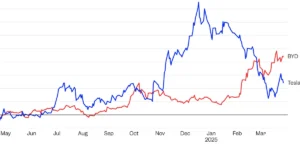
Feature |
Tesla |
BYD |
|---|---|---|
Avg Price |
~$45,000 |
~$22,000 |
Battery Source |
Mostly in‑house (~68 %) |
Fully in‑house (100 %) |
Key Strategy |
High‑end → mass market |
From low cost → mass market |
Battery Type |
NCA, NMC chemistries |
LFP – cheaper, safe |

🚗 Toyota Joins Forces with Waymo: Japan’s Bold Step Toward a Driverless Future
Japan has long been the heart of cutting-edge automotive engineering—and now, one of its biggest players, Toyota, is stepping into the future by partnering with Waymo, Google’s self-driving car company. This powerful collaboration could change not only how we drive in Japan, but how we experience transportation itself.
🤝 Why Toyota and Waymo Are Joining Forces


Toyota has been developing autonomous vehicle technology for years. But in recent times, the company began falling behind global rivals like Tesla and BYD. To close the gap, Toyota signed a major partnership in April with Waymo, a global leader in self-driving technology.
The goal?
To develop fully autonomous vehicles for both ride-hailing services and personally owned cars—vehicles that can drive themselves without human control.
Waymo already operates driverless robotaxis in the U.S., logging over 100 million miles of safe autonomous driving. Now, Toyota wants to bring that expertise into their vehicles and onto Japanese roads.
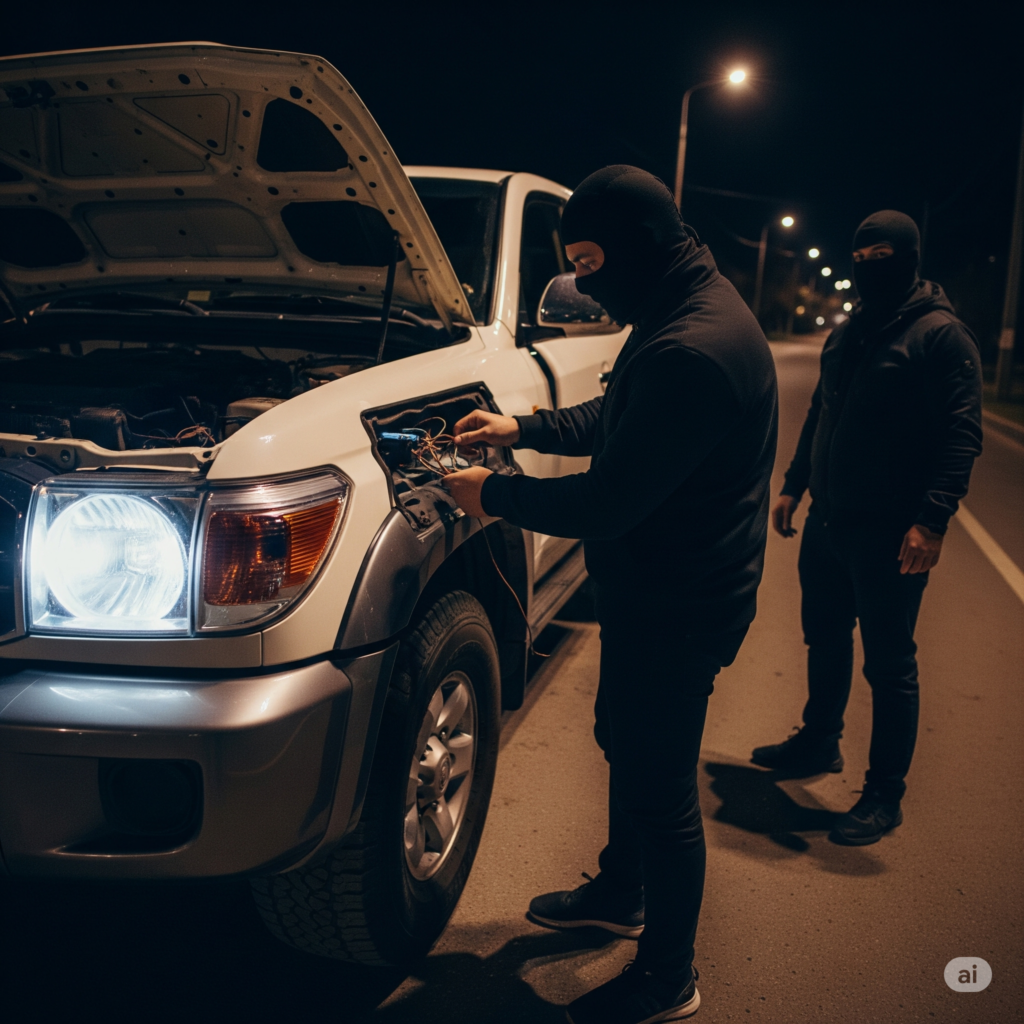
🚨 Think Japan Has No Car Thieves? Think Again – Land Cruisers Are Vanishing in Minutes!
For years, Japan has had a global reputation for being one of the safest countries in the world. Foreigners often assume that leaving valuables in a parked car—or even keeping it unlocked—is no big deal. But here’s the shocker:
Hundreds of Toyota Land Cruisers, Priuses, and Lexuses are being stolen right off the streets of Japan—sometimes in under 2 minutes.
Welcome to the dark side of Japan’s rising car theft wave, where even hybrid cars are being used as silent tools of crime.
🚗 The Most Stolen Cars in Japan (and It’s Not What You Think)
According to data from Japan’s National Police Agency, these were the top 10 most stolen cars in the first half of 2025:
Toyota Land Cruiser – 765 thefts
Toyota Prius – 289 thefts
Toyota Alphard
Lexus RX & LX series
Toyota Crown Series
Toyota Hiace
Lexus LS
Toyota Harrier
Suzuki Carry
It’s not just high-end cars. Even compact hybrids like the Prius are being stolen and then reused to quietly scout or carry out further thefts.
📈 Car Theft on the Rise – Especially in Toyota’s Hometown
Japan recorded over 6,000 car thefts in 2024, a noticeable increase from the previous year. The hardest-hit region? Aichi Prefecture—the heart of Toyota.
Other hotspots include Osaka, Chiba, and Saitama, where foreign buyers and professional crime rings operate with military-like precision.
🛠️ How Do Thieves Bypass Japan’s High-Tech Car Securit
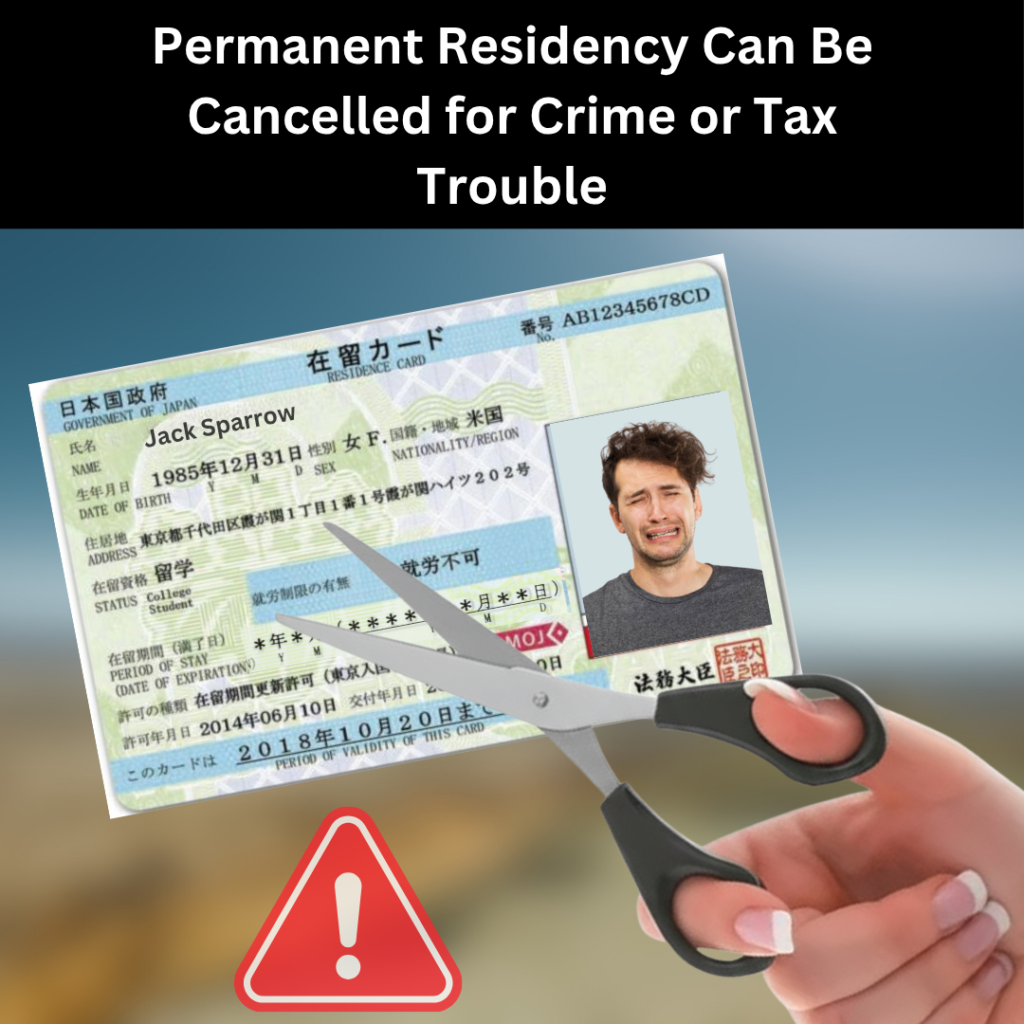
🚨 Japan’s New Law: Permanent Residency Can Be Cancelled for Crime or Tax Trouble
✅ How to Get Permanent Residency (PR) in Japan – All Legal Options
To qualify for PR, Japan’s Immigration Services Agency (ISA) looks at your visa type, your residency period, your income, and your behavior (like taxes and legal records).
Here are the main routes to PR:
1. 🕰️ Standard Route: 10 Years Continuous Residency in Japan
You must have lived in Japan for 10 years or more.
Out of those 10 years, at least 5 years must be on a work visa (like Engineer, Skilled Labor, Instructor, etc.).
You must show stable income and have paid all taxes, health insurance, and pension properly.
No criminal record or immigration violations.
This is the most common and general route for foreigners working in Japan.
2. 💼 Highly Skilled Foreign Professional (HSFP) Fast Track: 1–3 Years
If you’re on a “Highly Skilled Professional” visa, you can get PR faster depending on your points score:
PR after 1 year if you score 80 points or more
PR after 3 years if you score 70 points
Points are given based on:
Education level
Japanese language skills
Annual income
Age
Work experience
✅ Great option for engineers, researchers, professors, or business managers.
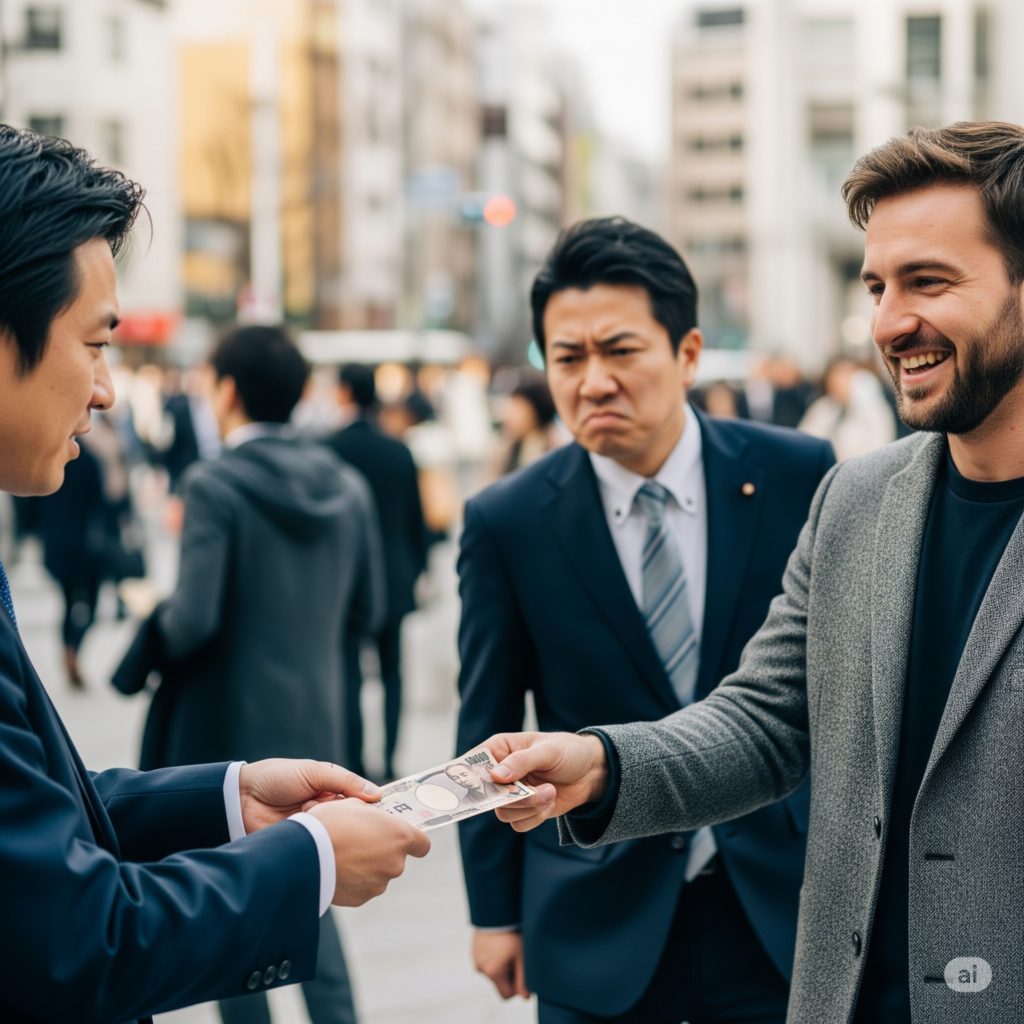
💸 Japan Is About To Give ¥20,000 To Everyone – Including Foreigners Living There,But some do not like it
If you’re living in Japan right now, we’ve got some very good news.
The Japanese government is officially planning to give away free money to help people with the rising cost of living – and yep, foreigners are getting it too.
🤑 So, what’s the deal?
Every single resident in Japan – no matter your nationality – is set to receive ¥20,000 in cash from the government.
That’s right. You don’t need to be Japanese. You don’t need to be a voter. If you live here legally, you’re in.
And if you’ve got kids or you’re on a low income? You could be getting ¥40,000. Yes, seriously.
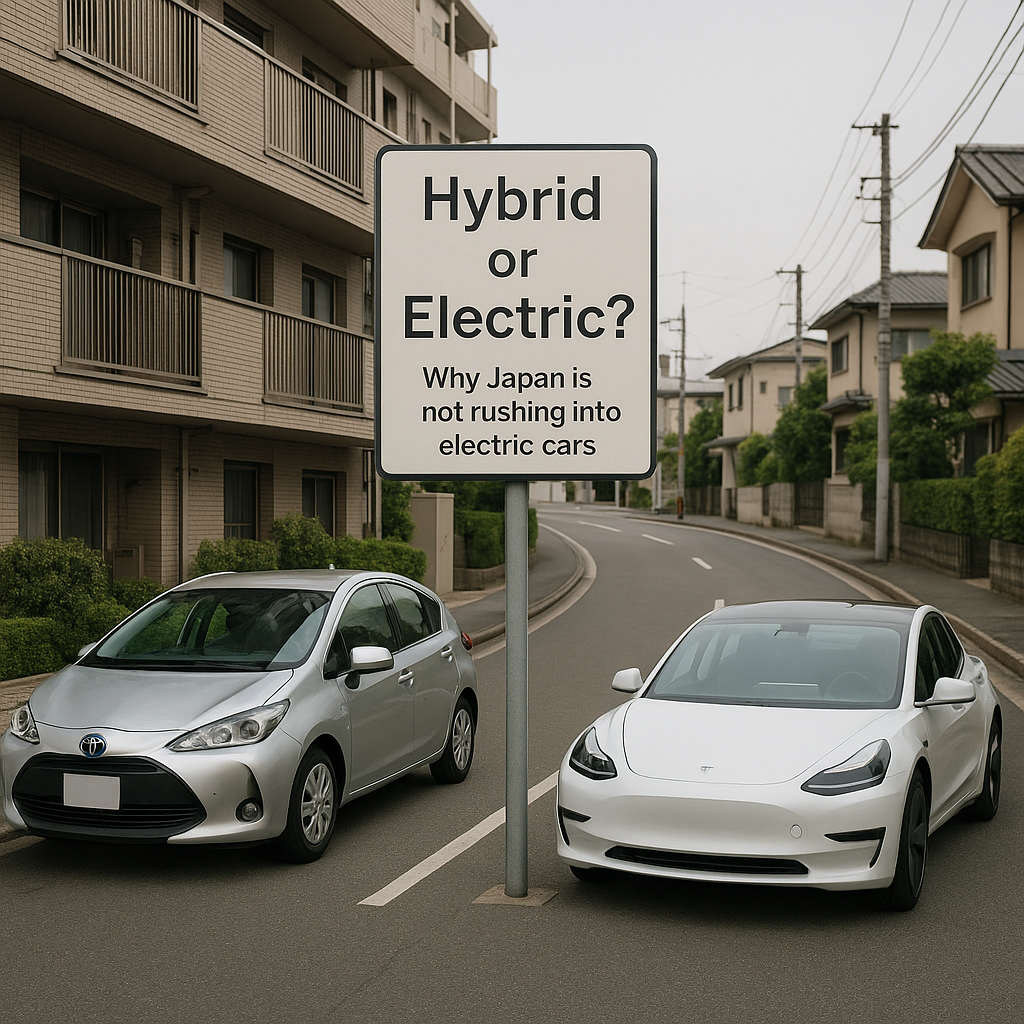
Why Japanese People Don’t Love Electric Cars Like Europeans Do?
If you’re a foreigner living in Japan, you may have wondered:
“Why don’t Japanese people drive electric cars (EVs) as much as in Europe or other countries?”
That’s a smart question — and the answer is not just about technology, but also about culture, lifestyle, and even natural disasters.
Let’s break it down 👇
1. 🚗 Japan Already Loves Hybrid Cars
Japan is the home of hybrid cars like the famous Toyota Prius. These cars use both gasoline and electric power — and they’ve been around for over 20 years.
Japanese drivers trust hybrids and believe they are already eco-friendly.
Many people feel, “Why switch to a full electric car when my hybrid works just fine?”
2. 🏠 People Don’t Drive Long Distances
Most people in Japan use their cars for short trips — to the station, supermarket, or daycare.
Japan has great trains and buses, so many people don’t need a car every day.
Small cars like kei cars are cheap, fuel-efficient, and easy to park — perfect for Japanese cities.
So full EVs feel like more than they need.
3. ⚡ Charging Is Still a Problem
Electric car charging stations are not everywhere in Japan.
Many people live in apartments (called “mansions”) with no space to charge a car.
Public charging stations are growing, but not as fast as in Europe.

🚗 New to Cars? Here’s the Only Car Maintenance Guide You’ll Ever Need!
Owning a car is exciting—but it also comes with responsibility. If you’re new to cars, or don’t know much about how they work, don’t worry. Taking care of your vehicle doesn’t require you to be a mechanic. Just follow this simple guide and your car will stay healthy, safe, and ready to take you anywhere.
🛢️ 1. Check Your Oil – It’s the Car’s Blood!
Oil keeps your engine running smoothly. But over time, it gets dirty and loses its power.
What to do:
Open the hood and pull out the oil dipstick.
Wipe it, put it back, then pull it out again to check the level and color.
If the oil is too low or black and dirty, it’s time to change it.
Do this check once every 2–4 weeks.
🛠️ Bonus Tip: Even if you don’t drive much, oil still ages. Change it every 6 months or 5,000–7,000 km.
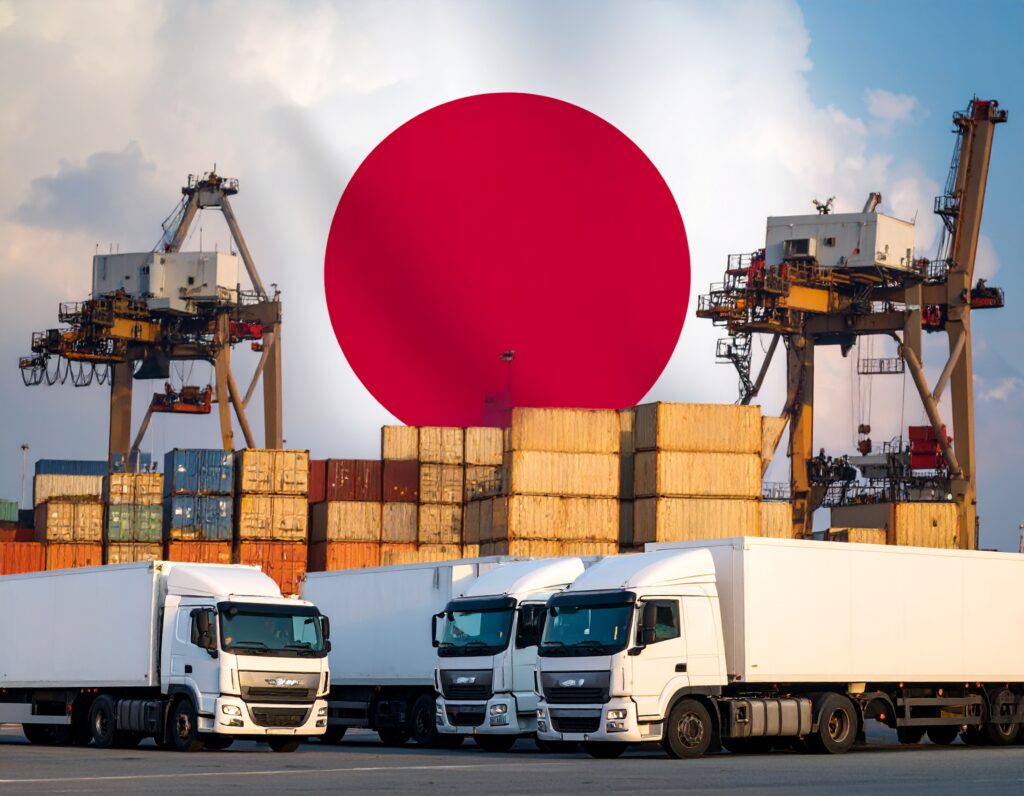
🚨 How Donald Trump’s Tariff War Is Shaking Up Japan’s Car Industry – And What It Means for You
By Hiroshima Cars News Team
If you’re working in a car factory in Japan or love driving Japanese cars, here’s something you should keep an eye on: Donald Trump is back in the headlines—and this time, his tough stance on trade could hit Japan’s auto industry harder than ever.
So what’s going on, and why should you care? Let’s break it down.
 Why Did Trump Go After Japanese Cars?
Why Did Trump Go After Japanese Cars?
Back when Donald Trump was president (2016–2020), he believed that the U.S. was losing in global trade—especially with countries like China, Germany, and yes, Japan. He claimed Japan was sending too many cars to the U.S., while American car companies struggled to sell their vehicles in Japan.
